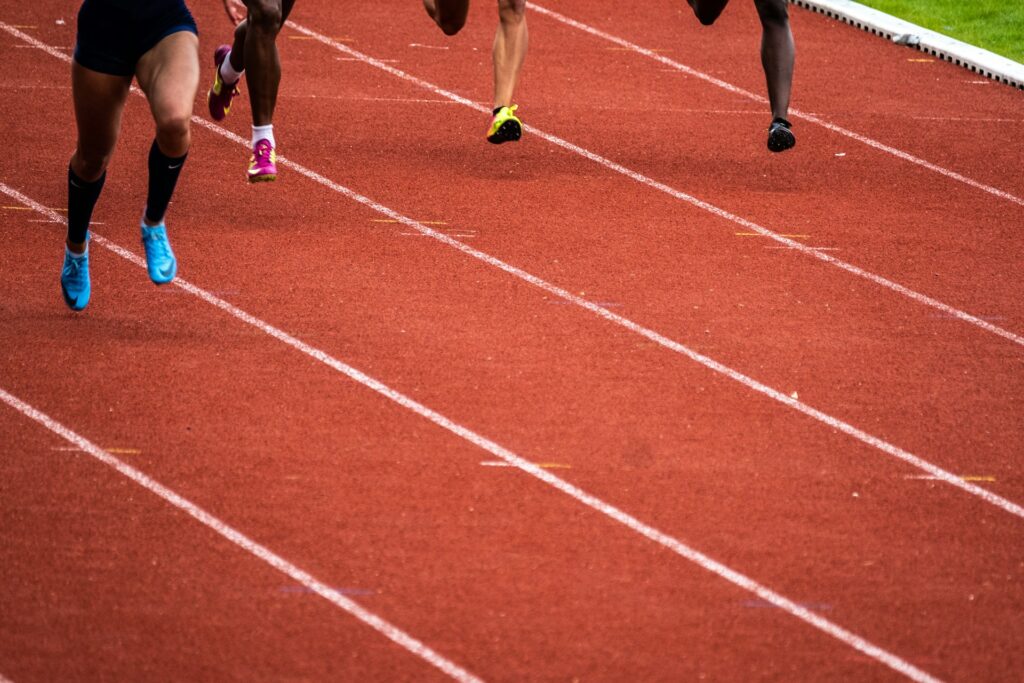Introduction to Athletics
Athletics, often considered the backbone of the sports world, encompasses a wide range of physical competitions based on running, jumping, throwing, and walking. This article aims to delve into the multifaceted world of athletics, exploring its history, the various types of events, and the training regimes that help athletes achieve peak performance.
History of Athletics
Athletic has ancient roots, tracing back to the Olympics in Greece in 776 BC, where competitions were integral to religious festivals. Over centuries, athletic evolved, with standardized rules and international competitions taking shape in the 19th century.
Types of Athletic Events
Athletic is broadly categorized into track, field, and combined events. Track events include sprints, middle and long-distance races, and relays, while field events focus on jumping and throwing disciplines. Combined events, like the decathlon and heptathlon, test an athlete’s versatility across multiple disciplines.
Training for Athletes
Effective training in athletic is tailored to the event. Sprinters focus on explosive power and speed, while endurance runners spend more time on cardiovascular conditioning. Field athletes, depending on their specialty, might concentrate on strength, technique, or both.
Diet and Nutrition for Athletes
The performance of athletes is heavily influenced by their diet. A balanced intake of carbohydrates, proteins, and fats, supplemented by essential vitamins and minerals, is crucial for optimal athletic performance.
Famous Athletes and Their Achievements
From historical figures like Jesse Owens to contemporary stars like Usain Bolt, many athletes have become icons not only for their physical prowess but also for their ability to inspire and bring people together.
Major Athletic Competitions
The Olympics remain the pinnacle of athletic achievement, followed by the World Championships and various national championships, each presenting athletes with platforms to showcase their talents on the world stage.
Technology in Athletics
Advancements in technology have dramatically transformed athletic, from performance-enhancing equipment to sophisticated training methodologies and analytics that help in strategic planning and injury prevention.
Challenges in Athletics
Despite its many positives, athletic faces challenges such as doping scandals and the high incidence of injuries. These issues require continuous attention and stringent regulatory measures.
Women in Athletics
The journey of women in athletic has been transformative, from minimal participation to achieving parity and excelling at the highest levels, significantly shaping the landscape of the sport.
Youth and Athletics
Engaging youth in athletic can foster physical health, discipline, and teamwork. It plays a crucial role in nurturing future talent and instilling a lifelong passion for fitness.
The Role of Coaching in Athletics
Coaches are pivotal in an athlete’s development, providing guidance, motivation, and technical expertise. Their impact can vary significantly depending on their philosophy and approach.
Athletics and Community Impact
Athletic has the power to unite communities, offering social, economic, and health benefits. It encourages community involvement and pride, especially during major sporting events.
Future Trends in Athletics
Emerging trends in athletic include greater inclusivity, the use of artificial intelligence for performance analysis, and a stronger focus on sustainable practices within the sport.
Conclusion and Final Thoughts
Athletic, a dynamic and evolving field, continues to captivate and inspire. It not only highlights physical achievement but also promotes universal values of hard work, fair play, and perseverance.

